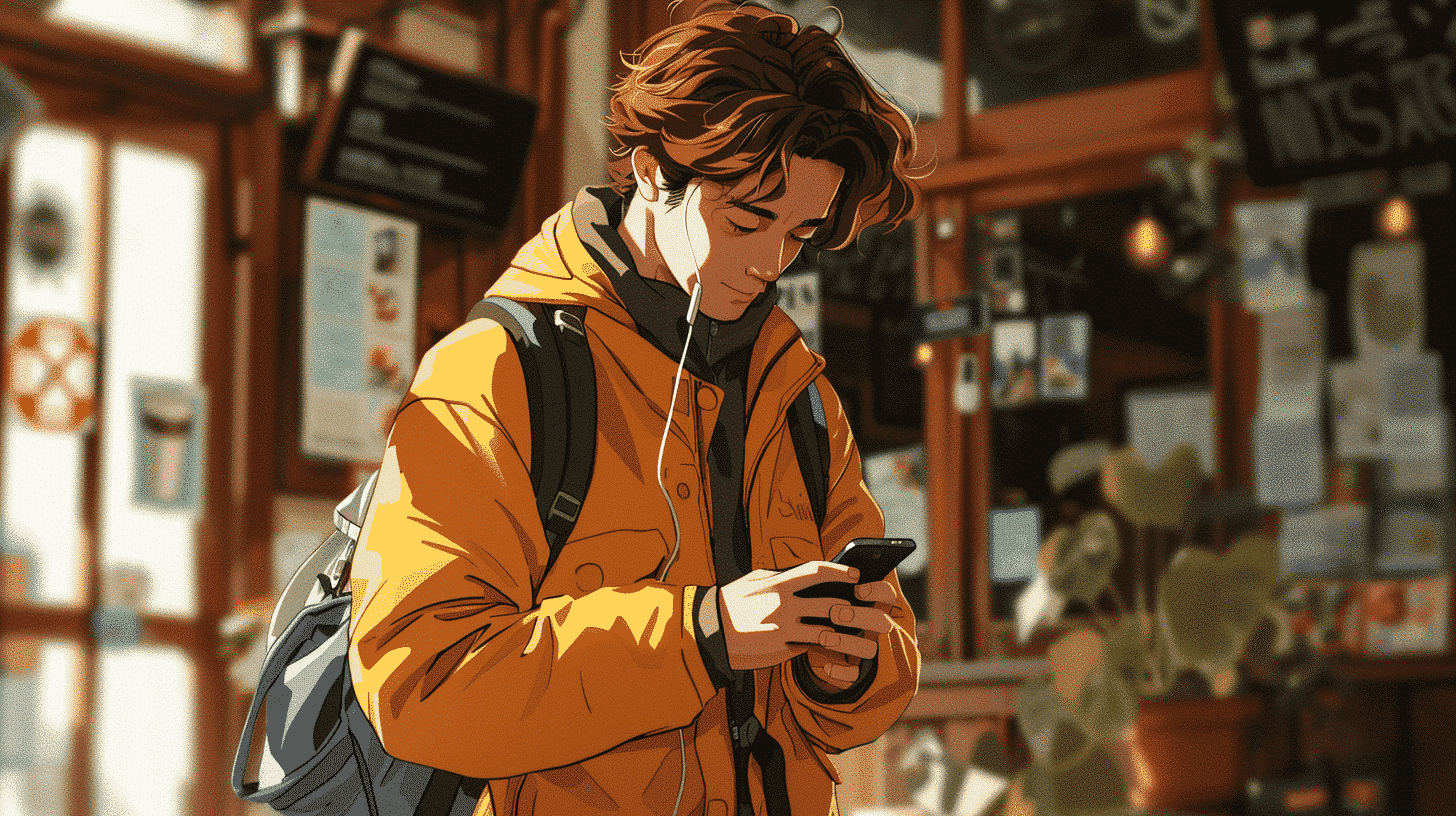Colors in Māori
Whero is the Māori word for the color red. This color holds significant cultural importance as it symbolizes nobility and divinity. It is often used in reference to sacred and ceremonial contexts.
Kākāriki means green. It is a color that represents the natural flora, and is also associated with healing and peace.
Kikorangi or sometimes kahurangi is used for the color blue. This color is often associated with the sky and the divine.
Mā stands for white, which can symbolize purity and the spiritual world. It is also often used to describe objects that are clear or bright.
Mangu or pango both mean black, representing the potential and the mysteries of the cosmos.
Parauri is used for the color brown. This earthy color is closely tied to the land and growth.
Kōwhai is the term for yellow, often associated with the kōwhai flower, which is known for its beautiful yellow blossoms.
Karaka is the word for orange, named after the karaka fruit which has a distinct orange hue.
Wāina refers to purple or violet, often linked with prestige and rarity.
Hina describes the color grey. It is often used to depict something that is dull or obscured.
He kākahu whero tōna. – She has a red garment.
Kei te pēhea te rangi? He kākāriki. – How’s the weather? It’s green.
Ko te moana he kikorangi. – The sea is blue.
He mā te hukarere. – The snow is white.
He pango te pō. – The night is black.
He parauri te oneone. – The soil is brown.
He kōwhai ngā rau o te rākau. – The leaves of the tree are yellow.
He karaka te hua o te rakau nei. – The fruit of this tree is orange.
He wāina te kākahu o te kuia. – The old woman’s garment is purple.
He hina te kapua i te rangi. – The clouds in the sky are grey.
Shapes in Māori
Porowhita means circle. This shape is often used to represent continuity and the cycles of life.
Tapawhā refers to square and is often used to describe objects with four equal straight sides.
Tapatoru is the word for triangle. This shape can symbolize balance and stability in Māori culture.
Tāpare means rectangle. This is similar to tapawhā but specifically refers to shapes with unequal adjacent sides.
Manawa is used for heart shape, symbolizing love and life.
Whetū means star. The star shape is significant in Māori navigation and mythology.
He porowhita te marama. – The moon is a circle.
He tapawhā te pātiti. – The chopping board is square.
He tapatoru ngā tatau o te whare. – The doors of the house are triangular.
He tāpare te matapihi. – The window is rectangular.
He manawa te āhua o te pouaka. – The box is heart-shaped.
He whetū kei te rangi. – There are stars in the sky.
Using Colors and Shapes in Sentences
When forming sentences in Māori, the structure typically follows the subject-verb-object order, similar to English. However, adjectives, including color and shape descriptors, usually follow the noun they describe. This is an essential aspect to remember when constructing sentences.
He kākahu kōwhai tāna. – She has a yellow dress.
Kei te kite koe i te porowhita mā? – Do you see the white circle?
He pango te tapatoru. – The triangle is black.
He tapawhā kākāriki te papa tākaro. – The playground is a green square.
Understanding and using these terms can significantly enhance your vocabulary in Māori and help you describe the world around you more vividly. Whether you’re discussing the color of a car or the shape of a table, these words provide the tools necessary for clear and vibrant communication.









